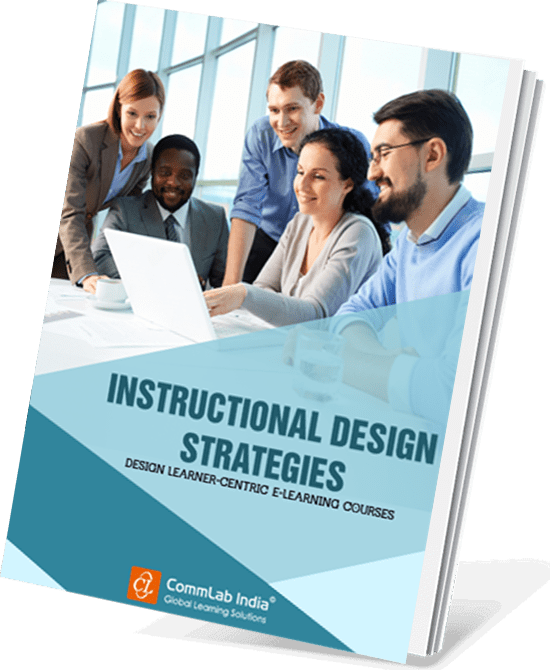4 Tested Tips to Develop Assessments for Online Sales Training Courses

As we all know, having strong product knowledge helps your sales force recommend the right products to customers, based on their needs. So, reinforcing training is very important if you want your sales force to have comprehensive product knowledge, wherein they will be able to enhance the buying decisions of customers effectively. Effective assessments help evaluate the sales force’s comprehension of the product. But, how can you develop assessments that will help assess your sales force efficiently? What are the aspects you need to consider to frame effective assessments for online sales training courses?
In this blog, I would like to share 4 tips to develop effective e-learning assessments in order to ensure your online sales training courses are truly effective.
1. Align questions with the learning objectives
Many e-learning professionals start developing the storyboard, keeping the learning objectives in mind; they jump into the content pool, and start preparing assessments at the end. Often, there is a lot of gap between the time they frame the learning objectives and prepare questions, and these results in misalignment. This pitfall can be avoided by framing assessments right after you are done with the learning objectives.
Each learning objective must have at least one associated question to help us evaluate whether the learning is accomplished or not. When you prepare the assessments, remember that you need to assess the sales force on what you teach them, and that’s what the alignment of learning objectives and assessments is all about.
→ Download Now: Instructional Design Strategies to Design Engaging eLearning Courses
For example, when the learning objective says, “You will be able to distinguish between the types of motors”, use a matching assessment asking your sales force to identify each type of motor, based on its description. DON’T use a multiple select question asking them to identify the types of motors.
2. Test the learner on only one learning point at a time
While preparing the course outline, instructional designers generally tend to keep an eye on the number of screens in the course and this sometimes results in “merging” two or more HEAVY learning points in a screen, which creates cognitive load for the sales force.
A ‘learning point’ is a chunk of content that can’t be broken any further and each screen should have only one ‘learning point’; if they are too small, you may merge 3-5 learning points. But, ensure that a screen does not contain more than 5 learning points. We should frame assessments that test the learner only on one learning point per question.
For example, if you teach 3 learning points – what is a motor, functions of a motor, and the types of motors in one screen, it will load your sales force. I suggest we break that screen into 3, so that they have ample time and find it easy to understand each topic, and then move to the next topic. In the same way, every question asked must address only one learning point to avoid distraction.

Instructional Design Strategies to Design Engaging eLearning Courses
Design Learner-Centric eLearning
- Importance of ID Strategies in eLearning
- Parameters to Select the Right ID Strategy
- ID Strategies for Effective Results
- Case Studies
3. Create a good balance of hard and easy questions
Maintain a balance by providing a mix of easy and hard questions. Asking very easy questions may fail to excite or challenge the sales force. Not only this, you cannot measure the knowledge and skills of learners correctly with very easy questions.
For instance, when they go through a machine components course, asking a question such as ‘machines are made of iron’ – ‘True or False’ cannot give an accurate idea about their knowledge and understanding about machines.
In the same way, very hard or tricky questions can damage the confidence of sales force. In such a case, sales people may feel frustrated and demotivated.
4. Provide instant and explanatory feedback
Make sure the feedback you provide to your sales force is instant and explanatory. For instance, when the learner gets a question right, you need to tell him he is right and why he is right. A brief explanation given to the sales force as to why their answer is correct goes a long way in reinforcing the key concepts of the topic on which they are being tested.
In the same way, when they answer a question incorrectly, it is better to provide a hint to the right answer. If they get the answer wrong even after giving the hint, you need to tell them why their answer is incorrect. For multi-select questions, when they are partially correct, provide feedback telling the answer is partially correct instead of telling them that they are completely incorrect.




![6 Ways to Make Effective eLearning Assessments [Infographic]](https://blog.commlabindia.com/hubfs/elearning-assessments-effective-ways-infographic.jpg)
